
A trip to Jamaica is a long-for respite to relax and rewind. However, there are some extremely dangerous animals on land and in the ocean. There are also some that, while they won’t cause illness or death, will result in some very unpleasant symptoms.
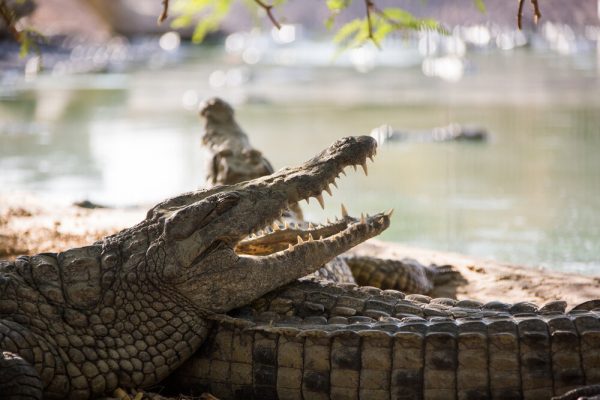
American Crocodiles
The biggest predator on the island is the American Crocodile. They’re found in the Black River basin and shorelines of New Hope and Crawford in wetlands and brackish water. They grow up to 6 meters (19.5 ft.) and weight up to a ton.
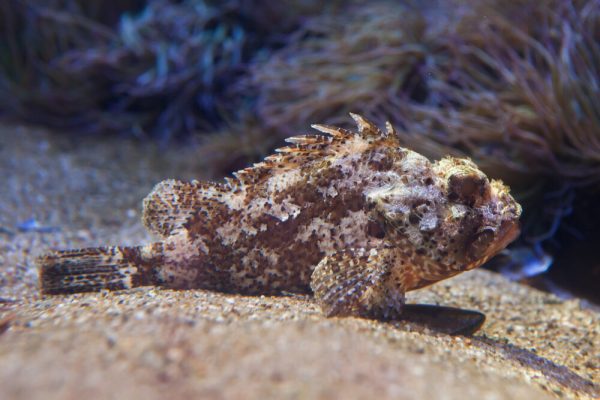
Scorpionfish
Also known as stonefish and silent stinger, they hide in coral reefs. They’re mottled brown-beige with specks of brown. The feathery, spiky fins inject a venomous toxin and the fins cause a nasty wound.
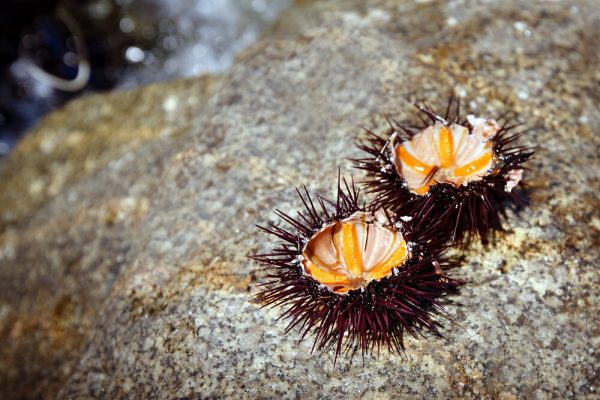
Sea Urchins
The underwater denizens hide in coral reefs, cracks, and crevasses. They look like blobs of dark brown or black and have spikes resembling needles, though rarer red, blue and purple colors are found. Sea urchins inject a toxin that can result in difficult breathing, allergic reactions and nausea.

Stingrays
Their barbed tail is the danger. The barbs can break off inside a person, resulting in cramps, swelling and intense pain. They can also inject venom that causes excessive bleeding and cell death.

Tiger Sharks
Many sharks inhabit the waters around Jamaica, including the Tiger Shark. They can grow up to 4.5 meters (nearly 15 ft.) in length. The good news is that they usually tend to stay at depths of 350 meters (1,148 ft.).
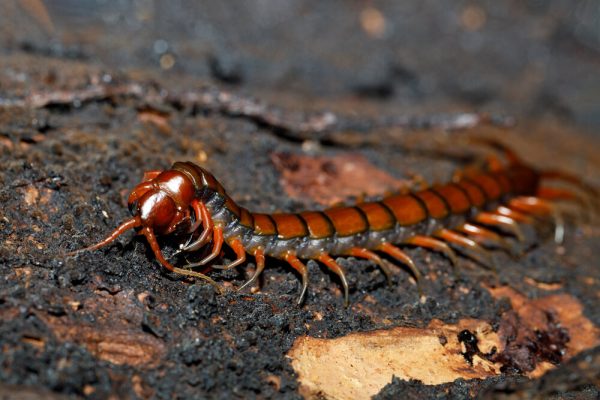
Forty Legs
Locally known as a Forty Legs, the centipedes find their way everywhere. Their venomous bite is severe and has the potential to cause death. The bite causes searing pain, swelling and muscle spasms. They live in the jungle near waterfalls and tend to venture out following the rain.
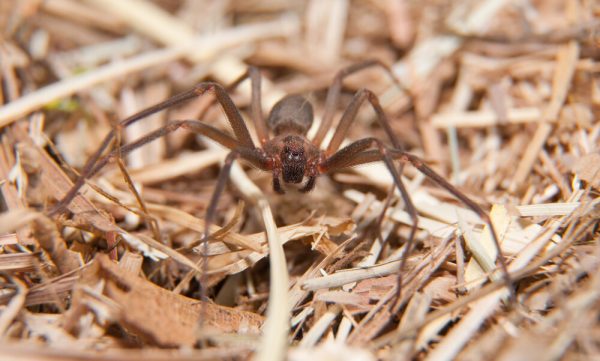
Brown Recluse
Brown recluse spiders live in woodpiles, debris, and under rocks. They easily adapt to indoor living and are also known as fiddle backs or violin spiders due to the fiddle shaped marking on its back. They inject venom that can take days or weeks to circulate through the system and cause swelling, lesions and lumps. Necrosis eventually follows as the skin begins to die and slough off. The bite can cause sepsis, and even death.
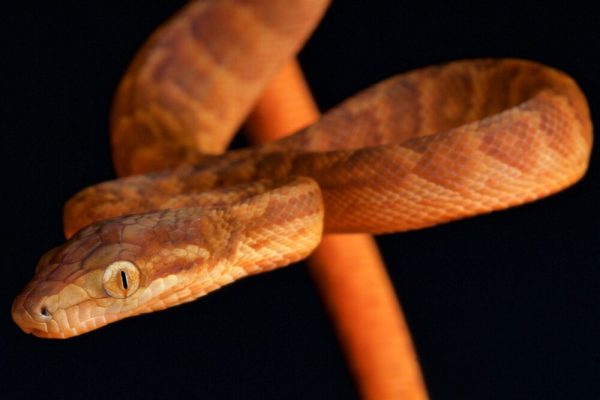
Jamaican Boa
The largest snake on the island, it can reach over 6.5 feet. A golden-green in color along the head and black crossbars that zigzag on the back part, it grows to 2 meters (6.5 ft.). They kill by squeezing their prey to death. The species is listed as vulnerable.
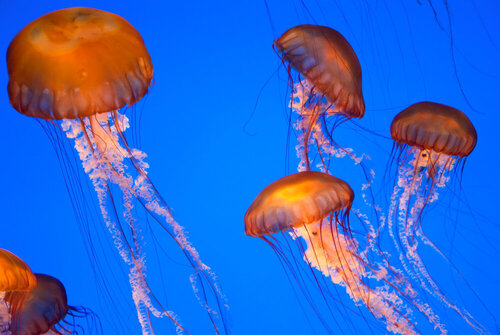
Jellyfish
A jellyfish encounter with its tentacles and microscopic barbs can result in painful stings that results in severe burning of the skin. Each of the barbs release venom that can cause whole-body illness and even death.

Pit Bulls
It doesn’t happen often, but pit bulls can pose a definite threat. Anyone should exercise extreme caution around the pit bulls of Jamaica.
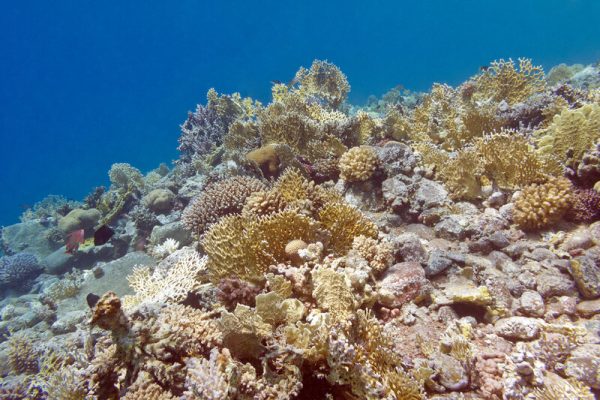
Fire Coral
Bright yellow-green and brown edged in white, the coral delivers a toxin and the sharp edges result in abrasions and lacerations.
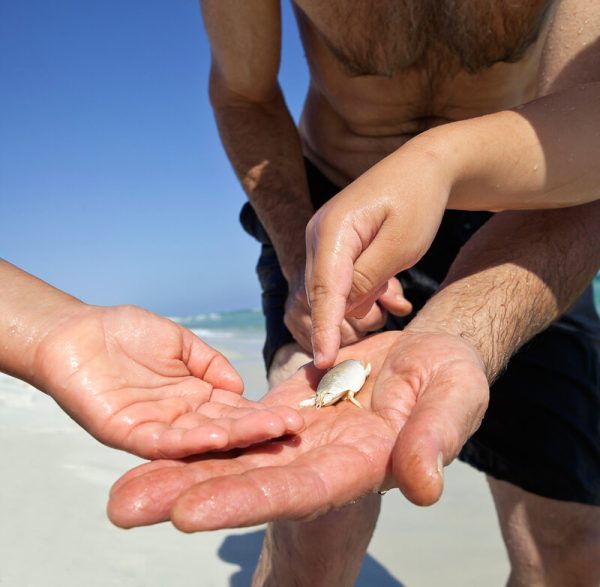
Sand Fleas
Known as no-see-ums, they live in the sand and come out at night when it’s cooler. They leave a welt that resembles a mosquito bite, only much larger, and itching can last for days.
Photo – Deposit Photos







